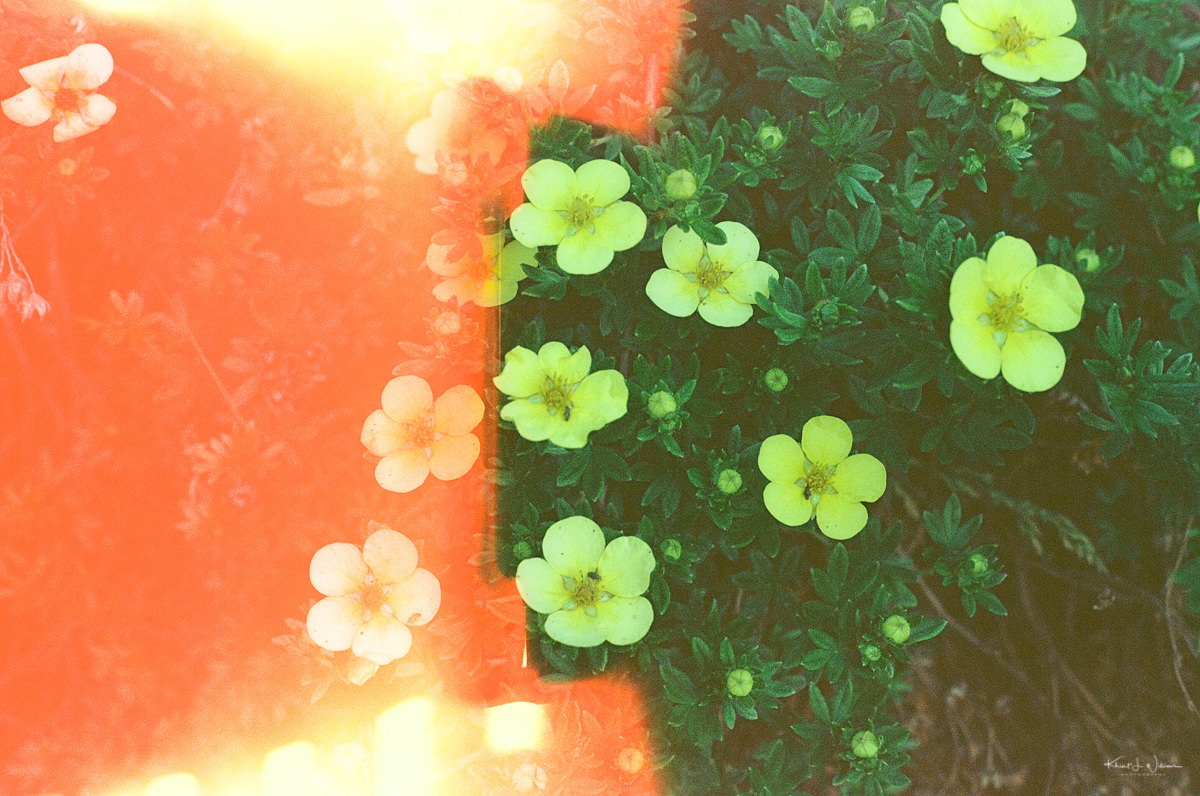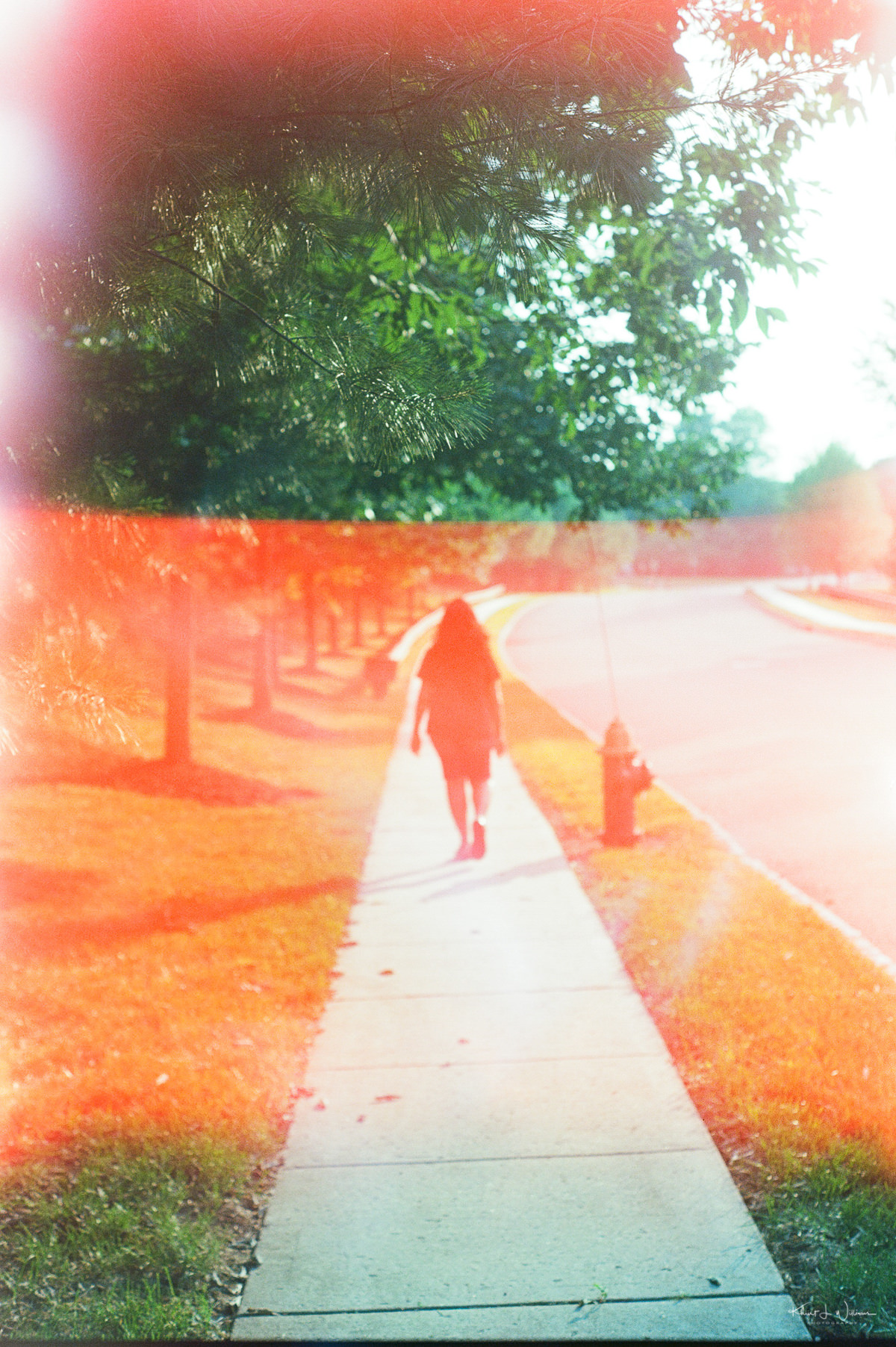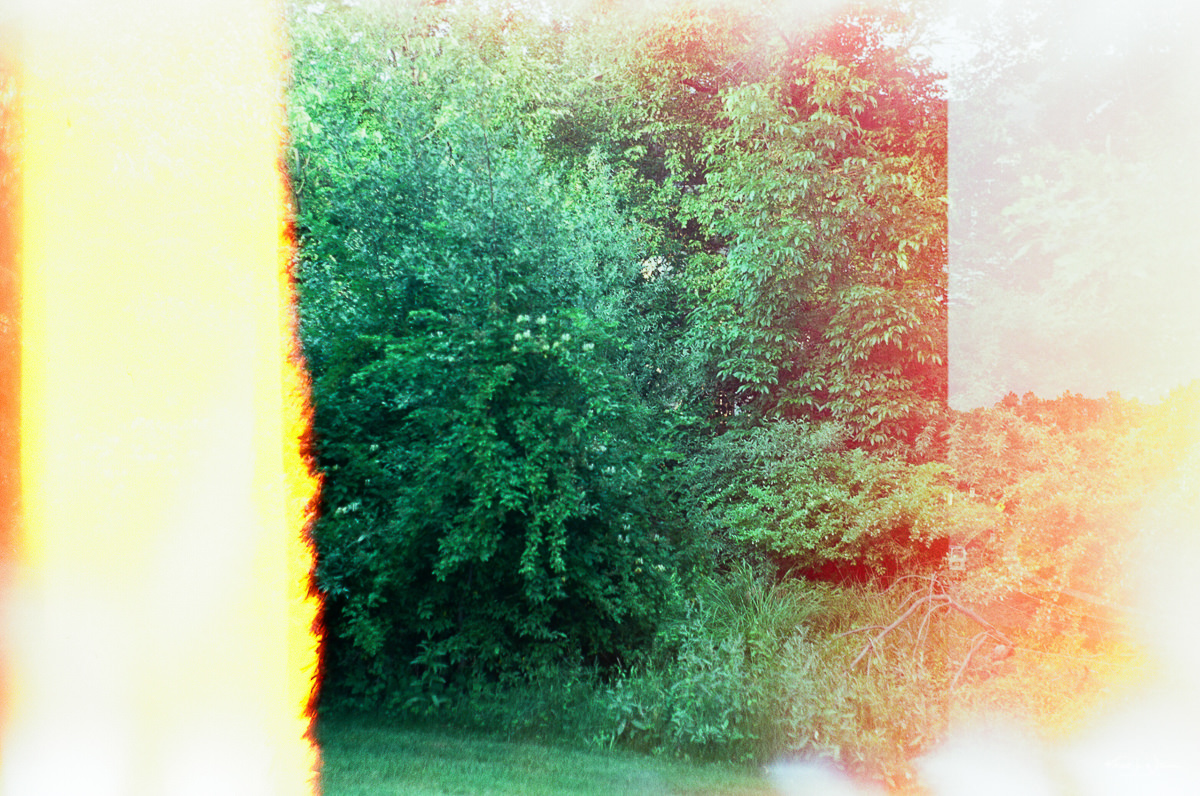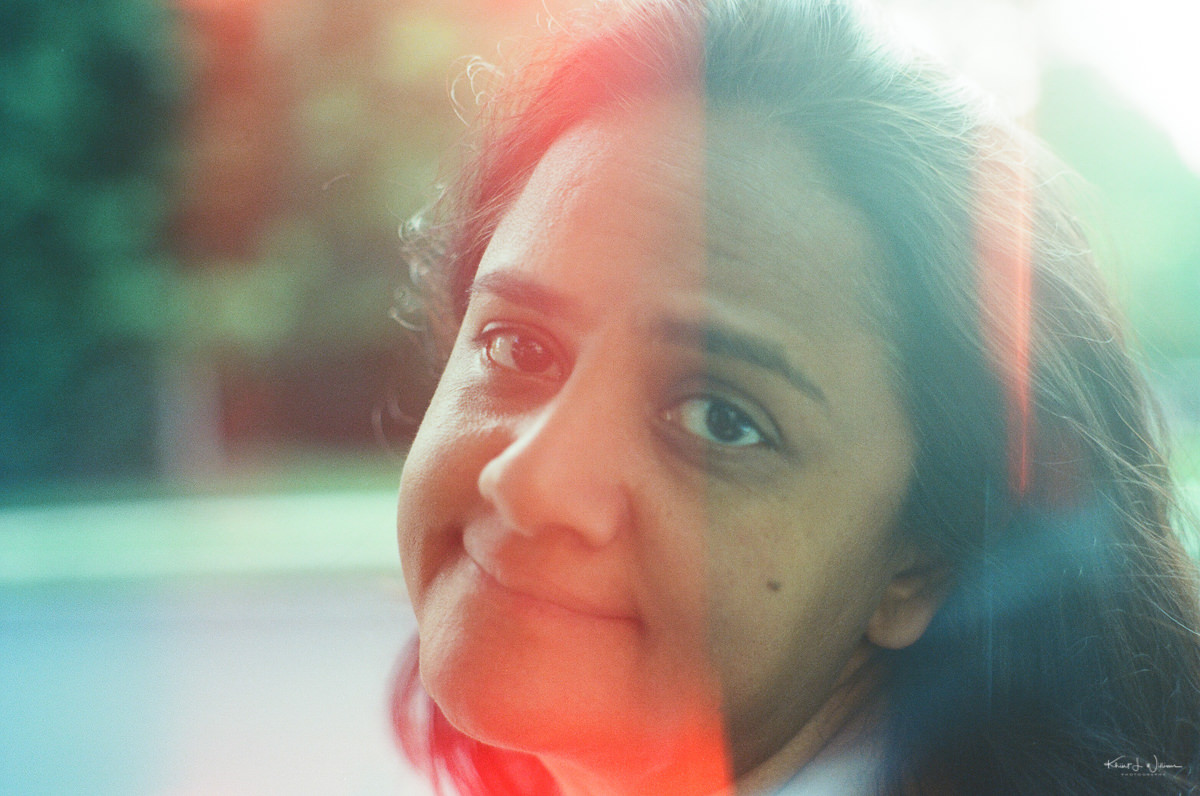I can speculate as much as I want about why the photographic film is making a comeback. It's one part nostalgia and one part a desire for a more challenging and hands-on medium. Still, this morning after reading a post on Japan Camera Hunter, I found myself perusing film-centric websites such as the Analogue Wonderland, filtr, 595 and clicking around the vintage lens sections of eBay.
Last weekend I mailed off a roll of Kodak Professional Ektar 100 to Boutique Film Lab in New York City for processing and prints. It was a roll of film I shot a year ago with my college Pentax P3. Until that roll of film, I had not used film since 1999. That's when I switched to digital, which in modern times is more flexible, more capable and has better image quality in the sensors and lenses. Notice I didn't write image resolution; I wrote: "image quality".
The other day, I was walking around a Henri Cartier-Bresson exhibition, and if there was one thing I was struck by in the 6×9 prints hanging on the walls, it was their resolution.Said no one, ever
Of course, my response would be, "Why would I restrict myself to ancient technology?". The next time I am ill, shall I consult the local doctor for treatment with leeches tonics? Why are these photographers scanning their film, post-processing the images in software, and then putting the results online and behaving as they've just created something magical? Why not just start with digital in the first place?

The lab did its best with the role I provided, but I was unhappy with the results. Unbeknownst to me at the time, the back cover of the Pentax P3 had a faulty latch, which is apparent from the scans I received. I inspected my camera and discovered the back cover was never fully closed. The film had been exposed to light. This problem is unique to film cameras; however, I wasted film, development, scan, and shipping costs because I could not immediately see the results of my photographic efforts. With a digital camera, I would have discovered any problems immediately. I abandoned 35mm film photography in 1999 due to this lack of immediate feedback.
Now, some photographers will put on airs about film photography. They will speak and write as though the deprecated medium lacks some magical quality in modern digital photography. A few will admit it's a matter of preference, but many others create a false narrative about the film. They will write as though their opinions are a matter of fact as though the qualities they are discussing are inherent to the technology, not personal preference.

They will argue that they like the look of the film while not acknowledging their personal bias. I sometimes like the look of some film stock. But I can buy dozens of excellent film simulation presets online that reproduce the look of photographic films from the last three decades. Heck, Fujifilm, the makers of much of the classic Velvia and Provia film that these film adherents use, makes a line of digital cameras with [film simulation presets](https://www.bhphotovideo.com/explora/photography/tips-and-solutions/introduction-fujifilm' s-film-simulation-modes) that can produce film-like images in-camera of the same films. The use of film is just one way to get that "look", whether that look is Kodak Professional Ektar 100, Fujifilm Velvia 50, Ilford HP5 Plus or something completely new.
Of course, the so-called look of the film print depends on the development process used, whether the film was pushed/pulled or under/overexposed at capture, or whether the print process involved dodging and burning. All of which can be accomplished with modern digital imaging software.
The aesthetic – and not the process – is the thing that is appreciated by the end observer of the image, and a considerable percentage of the time, the end observer should know and care little or nothing about how or even why that aesthetic was achieved, but instead what that aesthetic evokes in them.Hamish Gill
Some film photographers will claim that because they can only shoot 24 or 36 frames per roll, using film slows them down, forcing them to consider every shutter button click. I don't disagree that all photographers can benefit from taking time to think about their photography. But this discipline is not an essential feature of using film. It's a necessary behaviour born out of the limitation of the medium with applicability to specific genres of photography, e.g., street, landscape, and architecture. I would argue that some photographers lack discipline when shooting with a digital or analogue camera. This limitation is because of the photographer, not the technology.

The film-biased folks will argue that their film camera doesn't need batteries but ignore that the most popular film photography cameras of their time either had built-in light meters or required a hand-held external light meter for proper exposure. Light meters use batteries. Later film cameras had auto-focusing and film winding mechanisms that required batteries.
To get around the need for a light meter, some photographers used the "Sunny 16" technique. This technique requires the photographer to set the exposure to the inverse of the film ISO (e.g. 1⁄400 sec at ISO 400) when the lens aperture is set to f/16. Need to shoot ISO 400 film at f/11? Reduce the exposure time by half. Some photographers were good at mental math or had memorised the table of possible values. What if the best exposure was 1⁄600 sec instead of 1⁄400 sec?
When I was looking to set up my Asahi Optical Co. Pentax Spotmatic II film camera1, I discovered that the batteries for the light meter were difficult to source because the chemical used in the batteries was banned; they are environmentally unsafe.
The film photographers snobs will say, "There is some special about the Asahi SMC Takumar 50mm f/2 that is lacking in modern lenses ". Ok. Maybe. I'll use this adapter to attach that lens to my "modern" digital camera. I should get the same "special" results. Right?
When (or if) I shoot a roll of film, I will be doing it with a roll of Ilford HP5 Plus or Kodak Professional Ektar2 or Fujifilm Velvia 50 in my Asahi Optical Co. Pentax Spotmatic II. When I load the film, operate the knobs, press the shutter, wind the film, etc. I will spark fond memories of my adventures with my brothers, Mom and Dad. I will be doing it, not because the film has some magical property not present in digital photography, but because I get to time travel. Also, it's just fun to experiment with the technology.
We're not talking about morality here. We're just talking about the properties of photographs. No property automatically makes a photograph better. No property automatically disqualifies a photograph from being good. Being bigoted just closes us off to a greater range of possibility in our own work, and to a greater and more subtle range of possibility in the accomplishments of others.Image Virtues by Mike Johnston in The Online Photographer

- My father died earlier this year. I inherited his unrepairable Asahi Optical Co. Pentax Spotmatic II, and I felt nostalgic for my dad, so I bought a used one on eBay. ↩
- Because Kodachrome is no longer available. ↩


One thought on “Kodak Ektar 100”
Comments are closed.